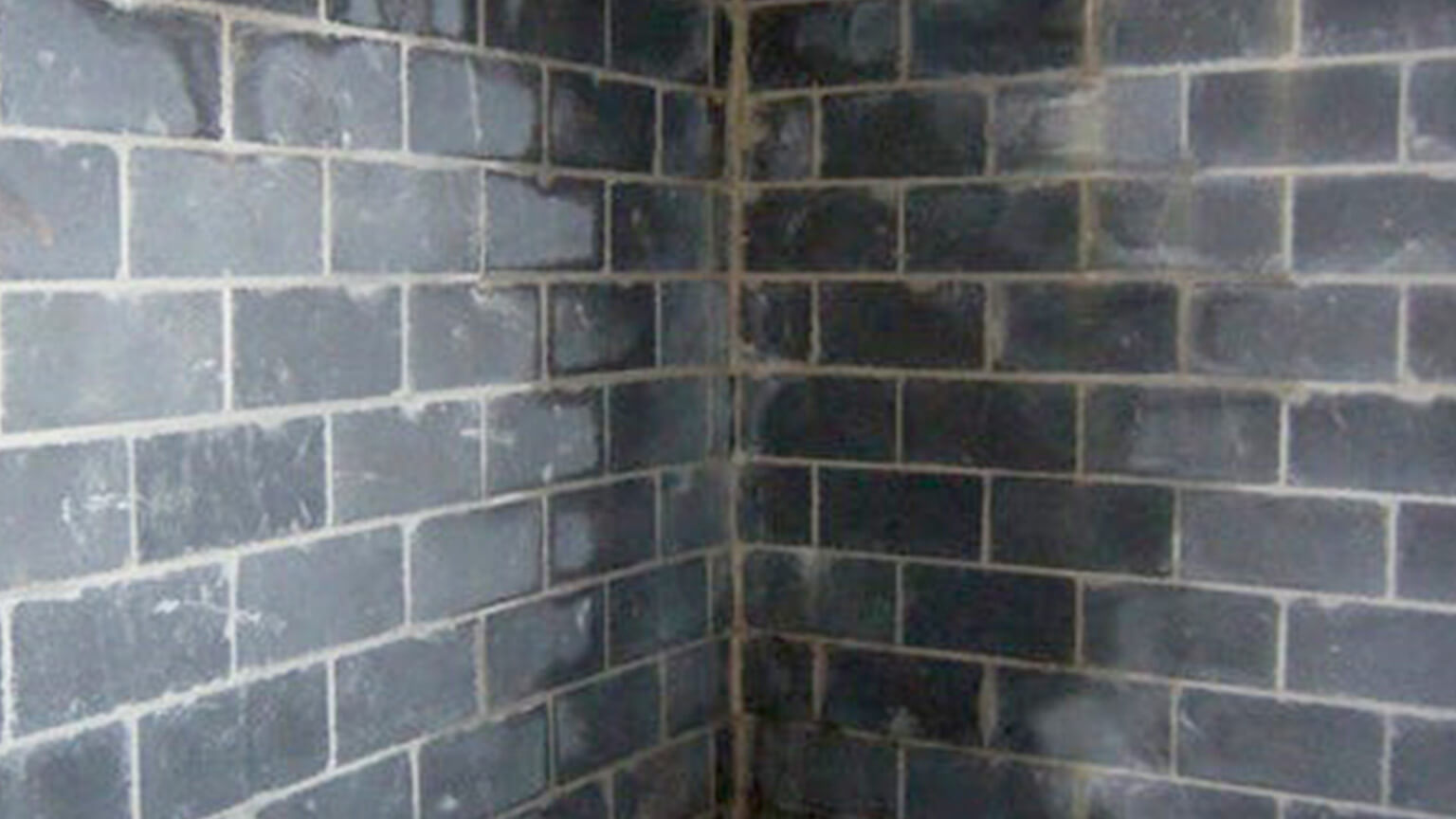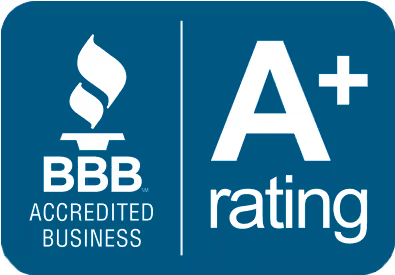
Concrete is one of the most common construction materials we use today. From our roads and pathways to towering skyscrapers, it’s present in our everyday lives. It is also what makes up our residential foundations, providing a strong and solid platform for our homes to remain stable. Concrete consists of a mix of ingredients, which together creates this strong material. One of those crucial ingredients is water. But the relationship between your concrete foundation and moisture can be complex.
Water and moisture is important to our ability to live. It is also a key component to the making of concrete. Without water, our concrete wouldn’t be able to strengthen and cure. But water can also be a destructive force of nature when poorly controlled or when in excess—whether it’s too much humidity in a crawlspace or enough rain to cause a flash flood. This can be said of our popular concrete as well. Too much moisture in your concrete can wreak havoc upon it, potentially compromising the structure that’s been built with it.
Moisture is present all around us but may be in different forms. As such, there are numerous ways that excess moisture can invade into your concrete foundation. Here are some of the common ways that moisture gets into your concrete…
Fortunately, there are ways to address each of these in a way that will keep your foundation lasting for longer and protect your home from moisture invasion. From foundation repair and basement waterproofing to encapsulation and dehumidifying, your lower level and foundation may require a different combination of solutions depending on where you live. If you’re having your concrete placed, it’s important to make sure it dries and cures properly, and that will require proper ventilation and knowledge about your climate. As Polygon states about controlling moisture in concrete, “excessive moisture is most problematic in concrete when there is a lack of climate control and air circulation”.
Even after ensuring that your concrete has dried and cured properly, it’s important to keep excess moisture at bay. The appearance of your concrete can be deceiving, so taking measures to control that moisture is key as Buildings.com points out that “a concrete surface can easily give a false impression of being dry enough despite containing moisture well above the allowable limits.” This is because excess moisture doesn’t necessarily have to be in the obvious form of water leaking down your basement wall, for example. It can also be in the form of moisture vapor seeping its way through your concrete slab.
When we think of concrete, we think it’s solid. But by nature, concrete is actually porous, which means that moisture can evaporate and move its way through capillaries within the concrete. This doesn’t seem significant, but across the surface of a foundation, that can amount to a lot of potential moisture coming from it, even if the concrete seems like it has cured and dried well. It is important to understand the moisture that exists within the surrounding soil of your foundation and to ensure that you have the proper measures in place to protect against moisture invasion.
Here are some problem scenarios that your concrete may experience due to excess moisture…
These various problems can result in costly repairs, and they will only get worse with time, so it is best to address them promptly. The sooner you act to repair them, the better. Look for signs like crackling or bubbling of your flooring surface, loose tiles, damp spots, or discolored spots and the musty smell of mildew.
While concrete is strong and is responsible for holding up everything from homes to enormous towers, it is still not invulnerable to the power of water. When excess moisture is left to build and linger within your concrete, the strength of your concrete becomes negative impacted, and it can lead to different problems. Here is how moisture causes three such problems…
While there will always be some moisture present in your concrete, there are ways to help control that moisture to keep any effects to a minimum. Here are some recommendations on what you can do inside your home to reduce concrete moisture in your foundation:
You can also take advantage of an exterior waterproofing measure to help keep outside moisture from your foundation concrete. All of these measures will not only help minimize the moisture in your concrete, but they will help increase the longevity of your foundation and prevent costly repairs that would be required from moisture-related damages.
Give us a call at (866) 485-6695 and we’ll have a specialist provide you with a free inspection and a zero-obligation price estimate!






We respect your privacy. By submitting, you authorize '58 Foundations and Waterproofing to reach you via call, email or text for information about your project needs. We will never share your personal information with third parties for marketing purposes. You can opt out at any time. Message/data rates may apply. Consent is not a condition of purchase. Privacy Policy